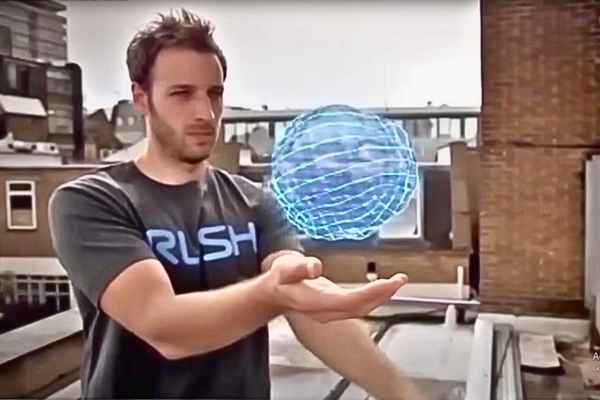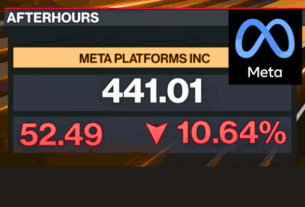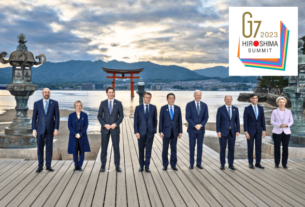In a technological feat that transcends borders, BELL, VERIZON, VODAFONE, and MATSUKO recently orchestrated the world’s first live transatlantic holographic collaborative meeting.
Through the powerful combination of 5G networks and Multi-access Edge Computing (MEC) Technology, this groundbreaking demonstration showcased the potential for Holograms to revolutionize the way we collaborate across the globe.
Unlocking the Power of Holograms with 5G and MEC
Holograms have taken center stage as a more immersive and personal alternative to avatars for collaborative meetings. In this historic display of innovation, telecommunications giants Bell Canada, Verizon, and Vodafone, along with Matsuko, connected multiple holographic individuals across three different countries—Canada, the United States, and the United Kingdom. This transatlantic meeting marks a significant milestone in harnessing the capabilities of holographic communication.
The Birth of Transatlantic Holographic Collaboration
The holographic participants were situated in Toronto, New York, and London, each connected through the 5G networks of Bell Canada, Verizon, and Vodafone, respectively. These lifelike holograms were created using Matsuko’s real-time software and just a single camera. The magic happened when spatial computing, a technology that seamlessly merges virtual and augmented reality, facilitated the streaming of these holograms. Matsuko’s patented technology leverages a smartphone app in tandem with an Extended Reality (XR) headset, delivering an instant holographic experience that makes participants feel like they’re in the same room.

The Role of Multi-Access Edge Computing (MEC) Holograms
MEC technology played a pivotal role in ensuring the seamless transmission of holograms during this collaborative meeting. By bringing computing resources closer to the edge of the network, MEC reduces delays and inconsistencies in holographic displays. This achievement was made possible by minimizing the number of data hops between different locations and across the internet, ensuring a reliable and consistent holographic experience.
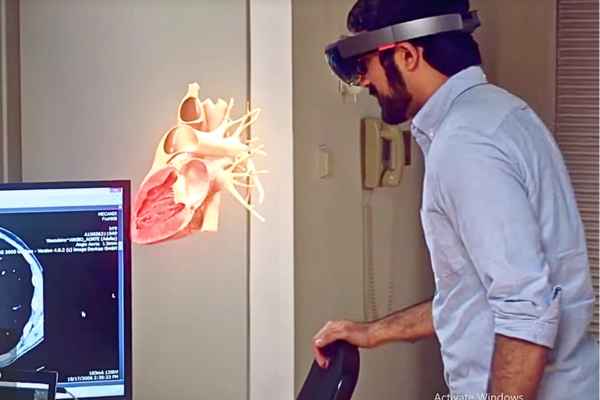
A Window into the Future of Collaboration Holograms
This impressive display of holographic communication goes beyond remote collaboration. Its potential applications span a wide range of fields, from remote healthcare to collaborative work environments and education. Moreover, this technology could find its place in television news, tech collaborations, and live events streamed to users of virtual technologies.
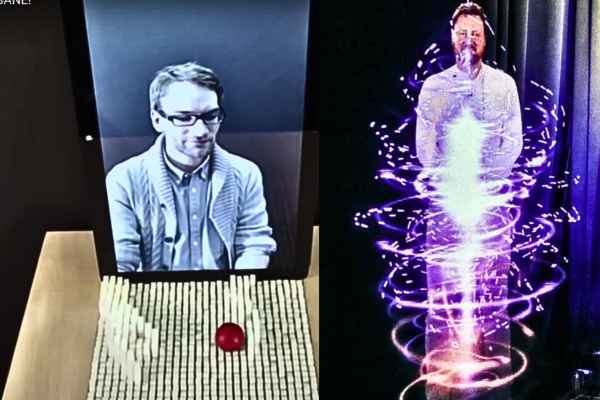
Telecom and Cable Companies on the Holographic Frontier
Telecommunication companies have been at the forefront of developing holographic communication capabilities, recognizing their potential to revolutionize remote collaboration. John Nitti, Verizon’s Senior Vice President of Strategy, New Business, and Partner Development, emphasized the significance of this demonstration in driving industry momentum and ease of use for developers. Notably, cable companies have also been exploring the possibilities offered by this technology.
A Collaborative Endeavor
Bell Canada, Verizon, Vodafone, and Matsuko joined forces under the 5G Future Forum (5GFF), a group of global 5G leaders dedicated to accelerating the delivery of MEC-enabled solutions. Their collaboration made it possible for Matsuko to connect to the fast 5G networks of these telecom giants. This was achieved through 5GFF’s Application Programmable Interface (API), known as 5GFF’s Edge Discovery API, which allows developers and Independent Software Vendors (ISVs) like Matsuko to pinpoint the nearest edge to their end users, ensuring optimal application performance across mobile networks.
Shaping the Future with the 5GFF
The 5GFF is inviting ISVs from around the world, whether they currently use 5G MEC or plan to do so in the future, to join its acceleration program. This program offers ISVs the opportunity to work closely with leading telecommunications companies to shape the API development process and expand the global MEC ecosystem.
Collaboration Beyond Borders
In addition to its work with ISVs, the 5GFF collaborates with GSMA’s Open Gateway initiative, which provides universal access to operator networks for developers through common network APIs. This initiative aligns closely with the Linux Foundation’s CAMARA, which develops API specifications.
As technology continues to evolve, the horizon of possibilities expands. This transatlantic holographic collaborative meeting serves as a testament to human innovation and the incredible potential that 5G and MEC technology hold for reshaping how we connect and collaborate across the world. With holograms as our conduits, the future of global collaboration looks promising and boundless.

